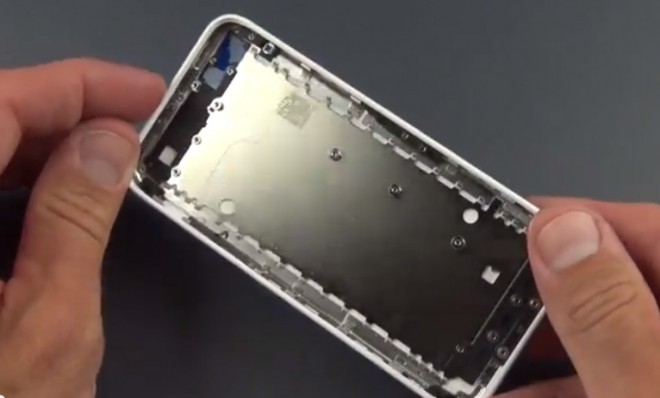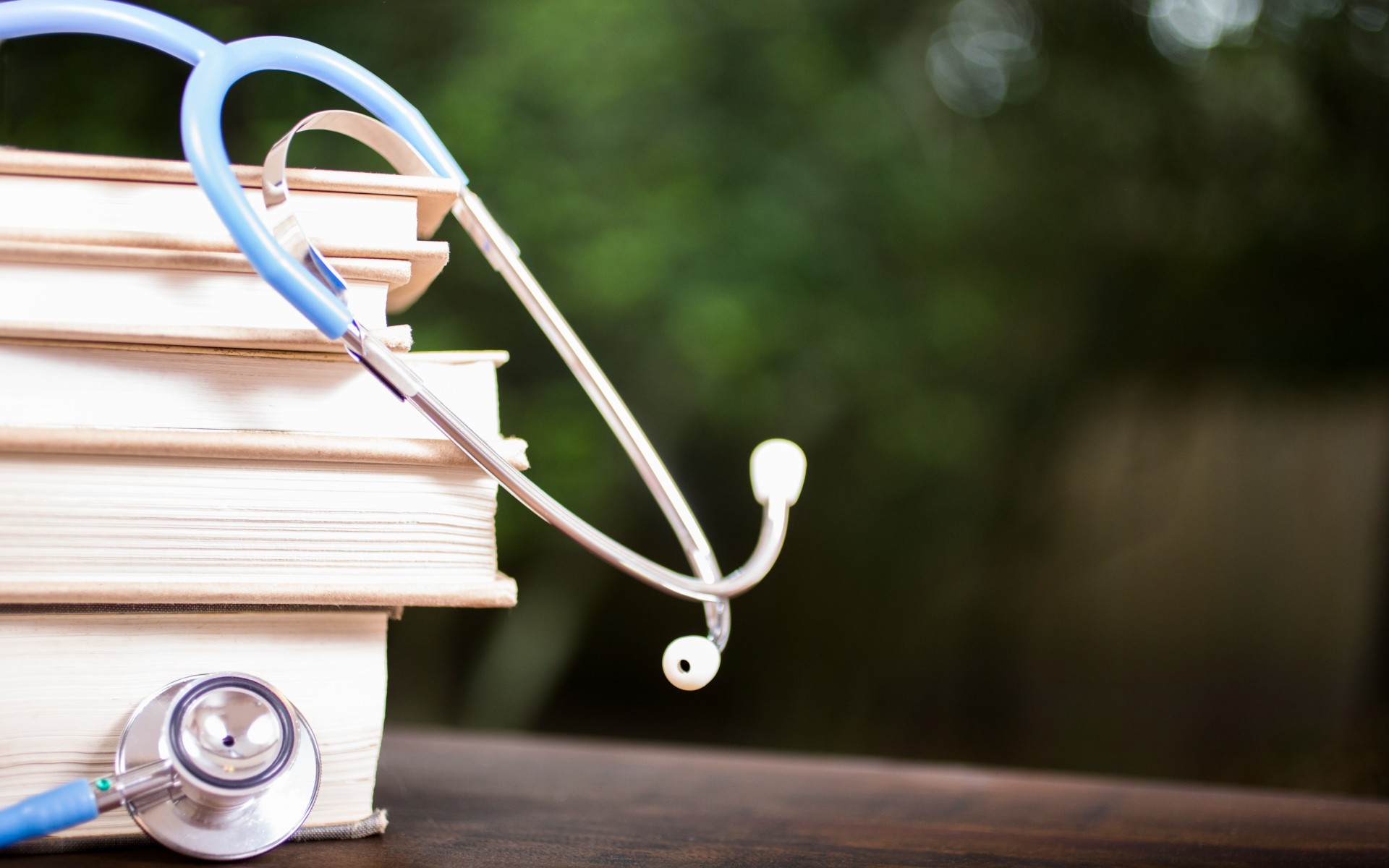The case for a cheap, plastic iPhone
Why it might finally make sense

When the new iPhone debuts later this year to an enthused chorus of Apple execs singing the usual superlatives, it will likely arrive arm-in-arm with something we haven't seen before: A mid-tier iPhone sibling. Yes, analysts and bloggers (such as in the example above) are laying out convincing evidence that the plastic-backed budget iPhone is one Tim Cook thumbs-up away from becoming a reality.
It's a bit counterintuitive, considering some of the bolder print in Apple's recent earnings report. While sales of Macs and iPads disappointed in the third quarter, the company managed to squeeze by expectations and sell 31.2 million iPhones, a 20 percent improvement over the year prior. The Wall Street Journal suggests this unexpected success may be due to Apple's "secret weapon" — the iPhone 4 — which first-timers can obtain for free under a two-year contract.
Right now, Apple sells just three subsidized iPhones. The iPhone 5 ($200), the iPhone 4S ($100), and the iPhone 4 (free). This has been the model for a few years now.
The Week
Escape your echo chamber. Get the facts behind the news, plus analysis from multiple perspectives.

Sign up for The Week's Free Newsletters
From our morning news briefing to a weekly Good News Newsletter, get the best of The Week delivered directly to your inbox.
From our morning news briefing to a weekly Good News Newsletter, get the best of The Week delivered directly to your inbox.
So, with a flurry of leaked photos purporting to show a cheaper, plastic phone, why would Apple want to cannibalize its cheaper, previous-generation models with a product that risks denting its image as a high-end provider of luxury pixels?
One word: Consistency.
The iPhone 5 touches on a lot of firsts for an iPhone: A larger 4-inch screen, a smaller Lightning dock connector, among other things. As Business Insider's Steve Kovach points out:
Apple is trying to migrate all of its iOS products to the new tiny Lightning connector that charges devices and syncs them with your computer and other accessories. The goal is to eventually phase out the original 30-pin connector you see everywhere. Apple has already accomplished that with the iPad now that both the full-sized iPad and iPad Mini use Lightning connectors. [Business Insider]
Then there's the competing screen sizes. For software designers that give the App Store its lifeblood, designing for two displays (3.5- and 4-inch) is a headache that risks making your app look bad. Moving iOS users to 4-inch screens across the board would seemingly alleviate the problem, and would help dodge the same fragmentation problem that plagued Android phones early on.
A free daily email with the biggest news stories of the day – and the best features from TheWeek.com
It's worth bearing in mind that a cheaper iPhone wouldn't necessary mean a cheap phone, especially in emerging markets where Apple is trying to carve out a competitive space. According to AllThingsD, Jefferies analyst Peter Misek points out that a plastic model unsubsidized — which is the standard everywhere save the States — would still be priced somewhere between $300 to $400. That's remarkably less than an unsubsidized iPhone 5, which on American carriers is listed between $580 and $650 — but still more than a perfectly good tablet or Chromebook.
So yes, a plastic iPhone would obviously undercut the iPhone 4S, which may still get the $0 price tag by the time fall rolls around. But Apple is okay with that. The Mini and Nano did the same thing to the scroll-wheel iPod. And the iPad Mini is doing the same to the full-sized iPad right now. Apple is fine with eating into its own sales as long as it rights the course for the long run. I mean, if Apple weren't already doggedly pursuing consistency across mobile, why else would it offer incentives for you to trade in your old iPhone for a brand new one?
-
 How music can help recovery from surgery
How music can help recovery from surgeryUnder The Radar A ‘few gentle notes’ can make a difference to the body during medical procedures
-
 Nursing is no longer considered a professional degree by the Department of Education
Nursing is no longer considered a professional degree by the Department of EducationThe Explainer An already strained industry is hit with another blow
-
 6 gripping museum exhibitions to view this winter
6 gripping museum exhibitions to view this winterThe Week Recommends Discover the real Grandma Moses and Frida Kahlo
